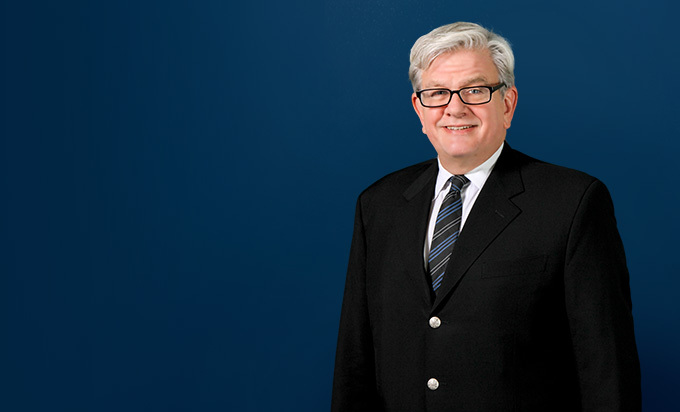Divided Ninth Circuit Splits the O’Bannon Baby
In a two to one decision, a panel of the Ninth Circuit Court of Appeals upheld in part and reversed in part the district court injunction that prohibited universities from denying certain forms of compensation to Division I Football and Basketball players. The lower court, after trial, had entered a permanent injunction that prohibited NCAA from 1) limiting athletic awards to an amount less than the full cost of attendance and 2) prohibiting athletes from receiving up to $5,000 per year in deferred compensation for the sale of their name, image and likeness rights. The majority upheld the first aspect of the injunction but held that the lower court clearly erred by finding that NCAA was required to allow cash compensation unrelated to educational expenses to student athletes. The lone dissenter voted to uphold both aspects of the injunction.
The majority first rejected NCAA’s argument that its eligibility rules should be wholly exempt from anti-trust analysis because they are not “commercial” in nature. The majority concluded that the relationship between the schools and the athletes was a purchase of services for “in-kind” compensation and thus sufficient to meet the broad notions of commerce built into the Sherman Act. The court distinguished earlier decisions upholding NCAA rules in terms that will warm the hearts of those seeking employee status for college athletes, stating: …”the labor of student-athletes is an integral and essential component of the NCAA’s product, and a rule setting the price of that labor goes to the heart of the NCAA’s business.” This same concept of fixing the price to be paid student-athletes for their labor was also used to reject NCAA’s argument that the plaintiffs had failed to show a competitive/anti-trust injury.
Having disposed of the preliminary arguments, the court then moved on to weigh the reasonableness of the rule versus its procompetitive effect and to determine whether the procompetitive effect could be achieved by less restrictive means. The court reaffirmed the importance of the NCAA’s amateurism principles to its ability to maintain the market for college sports, and then held that in protecting that interest NCAA could enforce rules that tied athlete compensation to the amount of legitimate educational expenses incurred. This bright line then served as the basis for distinguishing the two parts of the lower court’s injunction. The Court viewed total cost of attendance as inherently reflecting legitimate educational expenses and thus held that a rule which artificially held aid below that level was unnecessary to preserving amateurism. By contrast, the majority held that the deferred compensation, was “untethered” to the cost of education, and thus the NCAA rule against such compensation was justified by the procompetitive desire to promote amateurism.
Questions that remain unclear after the court’s decision are 1) whether the total cost of attendance figure is an absolute ceiling on what NCAA must allow schools to offer or whether other amounts not figured into to total cost of attendance can still be considered legitimate educational expenses, and 2) whether or how far beyond the major revenue sports the ruling might be extended.

Robert T. Zielinski
+1.312.460.4216
zielinski@millercanfield.com


